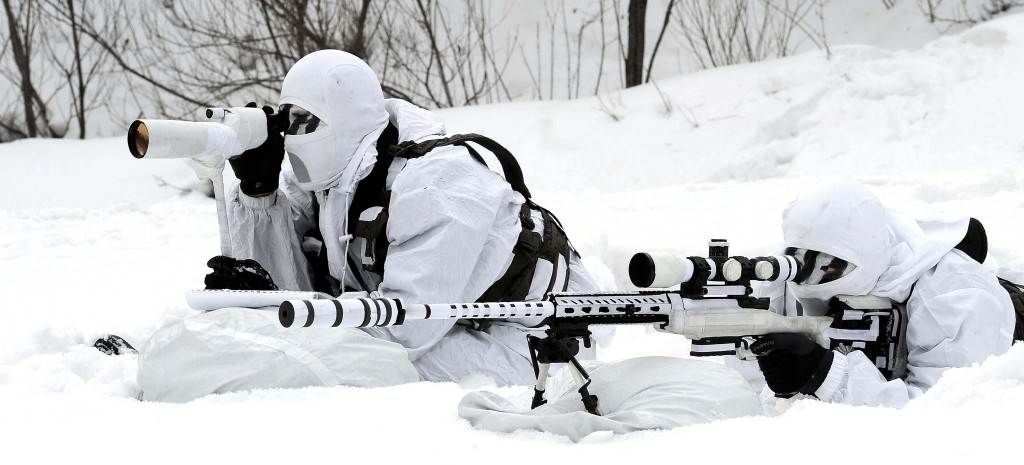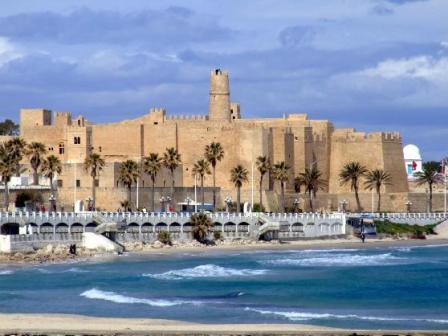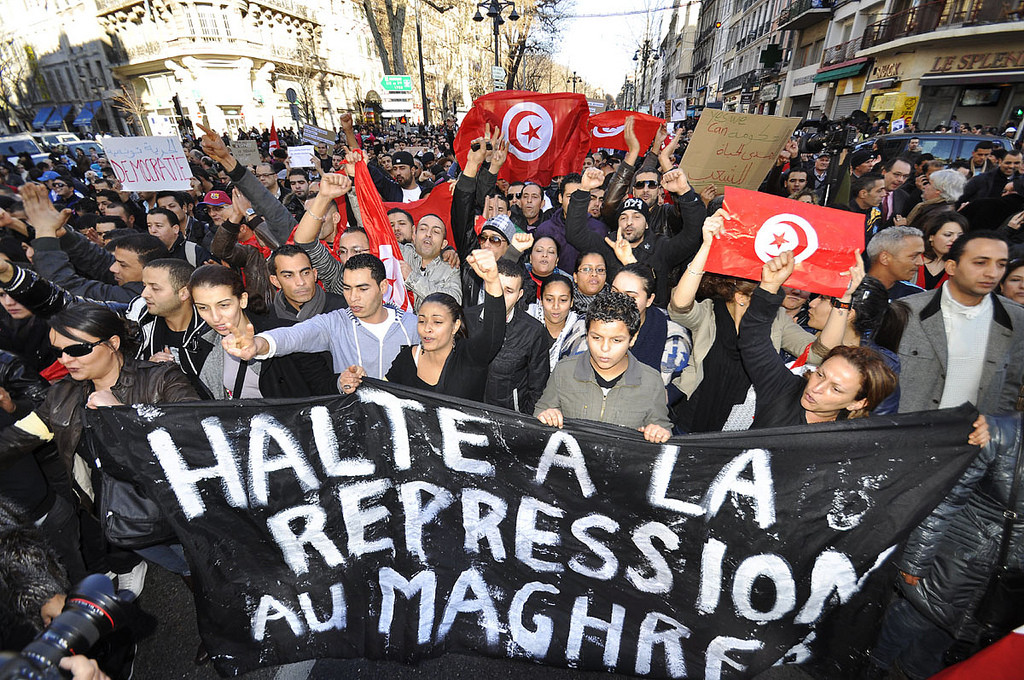Last month, the new Commandant of the United States Marine Corps, General David Berger released his initial planning guidance. In it, Berger takes on the tough issues and makes trade-offs, offering up for slaughter one institutional sacred cow after another and makes a case for a renewed focus on increasing Marine Corps integration with the U.S. Navy. However, one grizzled steer somehow escaped the knife: the antiquated forward basing construct in the Western Pacific. While not purely a Marine Corps issue, the legacy American basing construct for Okinawa, Japan, and other locations in and around the so-called first and second island chains, no longer makes sense for reasons including security, public relations, and perhaps most importantly, naval integration.
The Sacred Cow
Strategic American bases in Okinawa, and to a growing extent on the American territory of Guam, are increasingly within the targeting envelope of the long-range precision strike weaponry of potential regional adversaries. Though this is a strategic military problem, tens of thousands of American military dependents stationed there will become a massive operational liability during conflict and greatly complicate the diplomatic calculus when rockets start flying. In that event, the Marines in Okinawa will get on ships and planes and go to fight, but commanders will face a difficult choice about how much of those transportation assets to devote to evacuating thousands of noncombatant American citizens that remain. In the moment of crisis, no commander wants to choose between supporting force generation for combat operations and saving noncombatants from long-range weapons raining down on military infrastructure. Drawing down the bases and sending dependents home prevents future commanders from having to make that horrible choice.
A drawdown also partially addresses the uncomfortable fact that American troops in Okinawa have largely worn out their welcome. A quick scan of Google search results for “Okinawa” reveals at least one report of “Americans acting badly” from within the last week’s news. The friction points with the local constabulary typically involve alcohol use among the 18 to 25-year-old male demographic – the primary population of American servicemembers assigned to the island – and can run the gamut from garden-variety bar fights to driving under the influence to sexual assault and murder. You’ll also notice stories describing the controversy surrounding the basing realignment program in the region. The twenty-year-old plan to move the Marine Corps’ Futenma airfield from the densely urban area of Ginowan City to a more remote location in the northern portion of the island requires the construction of tarmac out into the ocean in two directions. Environmental activists, concerned about the destruction of marine life, are now allied with the entrenched anti-base portion of the Okinawan population. They protest the construction site routinely, blocking progress and prolonging the dispute ongoing since 1996 with no end in sight.
The time is now to move beyond the failed constructs of the past to something that accounts for the shortcomings in security, public relations, and naval integration inherent in the existing disposition of U.S. forces in Asia.
Together, these dynamics present a no-win information environment for the Marine Corps in Okinawa. Moving Futenma doesn’t suddenly fix the Marines’ public relations issues, and every day the bases stay there, the problem gets worse. The Okinawan people, as kind and tolerant as they are, have already lived with literally decades of abuses at the hands (and fists) of America’s uniformed “ambassadors.” If the shoe were on the other foot, Americans would never tolerate the same sort of neo-colonialism in their back yards. Moreover, the offense has the advantage in war and will maintain it for the foreseeable future. There will not be a technological solution, no deployment of a super-THAAD air defense capability to Okinawa just in the nick of time to vouchsafe the well-being of non-combatants there. The proliferation of missile technology in the region means aggressors will find it easier and cheaper to field ever-increasing numbers of more accurate weaponry. Keeping the Marines in Okinawa hurts the American image, evacuating U.S. civilians while Okinawans fend for themselves makes that image even worse.
Marine Corps equities are not the only ones involved with this basing problem. Okinawa hosts facilities run by all the services – it is a “joint” island. However, the Marine Corps maintains the lion’s share of them and must be the first mover. Recognizing this, General Berger’s planning guidance did not allow basing to escape unscathed, but his criticism did not go nearly far enough. Regarding bases, he states: “Our installation infrastructure is untenable. We are encumbered by 19,000 buildings, some of which are beyond the scope of repair and should instead be considered for demolition.” Though referring to a global problem, General Berger should start by looking at buildings on bases in Okinawa. Instead of constructing new schools for dependents and headquarters facilities, the Marine Corps should go in the other direction with the aim of returning bases in Okinawa to their Japanese hosts at the soonest time practicable.
Basing: A Grizzled Steer
It is time to rip off the band-aid and get the Marines out of the metaphorical fighting hole in Okinawa from which they cannot possibly win today’s fights, let alone those of the future. Doing so creatively can nest directly underneath the naval integration priority contained in the Commandant’s planning guidance. Co-locating the Marine three-star headquarters for Japan –currently in Okinawa – with its Navy counterpart in Yokosuka will go a long way towards greater naval integration at the numbered fleet-Marine expeditionary force level whether in garrison or deployed. This works at the tactical level as well. The 31st Marine Expeditionary Unit, one of the Marine Corps’seven standing rapid response task forces, is also currently located in Okinawa while the amphibious ships it deploys on are based far to the north in Sasebo. By aggregating both tactical commands in Sasebo, co-located staffs can develop habitual working relationships even before they get underway as an amphibious ready group. Doing so not only reassures allies and deters potential adversaries, it demonstrates a firm commitment to the integration of Marine Corps warfighting capability with the U.S. Navy in the first island chain. increases readiness at a lower cost and better postures both integrated naval organizations for rapid deployment and employment throughout the region.
The time is now to move beyond the failed constructs of the past to something that accounts for the shortcomings in security, public relations, and naval integration inherent in the existing disposition of U.S. forces in Asia. Though post-war basing in Asia served American foreign policy broadly, keeping that grizzled steer alive sometimes came at the expense of operational readiness. As changes in technology and politics conspire against the 20th-century calculus of American bases however, strategic military risk is beginning to outweigh the diplomatic benefits of the U.S. force posture there. It remains to be seen if, Commandant Berger will take the opportunity of his upcoming trip to the region to take that sacred cow by the horns and lead her to the 21st-century slaughter.
 Gary J. Sampson is a U.S. Marine Corps officer currently assigned to the Joint Staff. A 2009 Olmsted Foundation Scholar, he has spent 4.5 years in assignments on Okinawa. He is also a doctoral candidate at the Fletcher School of Law and Diplomacy, Tufts University and a 2019-20 Public Intellectuals Program Fellow with the National Committee on U.S.-China Relations.
Gary J. Sampson is a U.S. Marine Corps officer currently assigned to the Joint Staff. A 2009 Olmsted Foundation Scholar, he has spent 4.5 years in assignments on Okinawa. He is also a doctoral candidate at the Fletcher School of Law and Diplomacy, Tufts University and a 2019-20 Public Intellectuals Program Fellow with the National Committee on U.S.-China Relations.
The views expressed are those of the author and do not reflect the official position of the United States Marine Corps, Department of the Navy, or Department of Defense.








